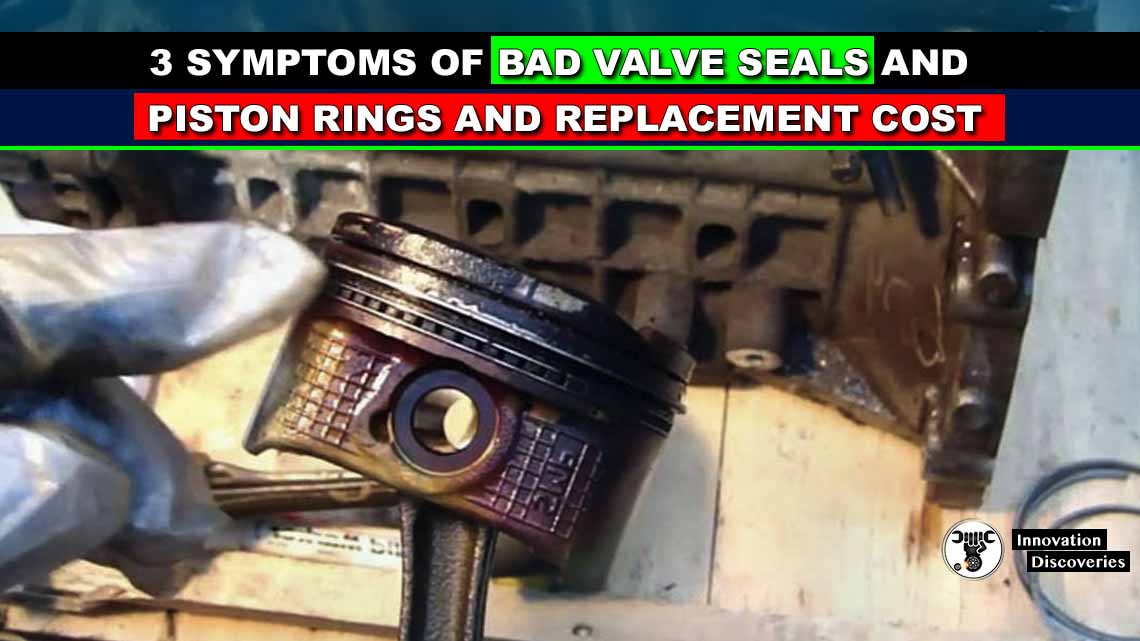
Introduction
The internal combustion engine is a marvel of engineering, relying on numerous components to function efficiently. Among these, piston rings and valve seals play crucial roles.
These components are essential for maintaining engine performance and longevity. However, like all mechanical parts, they can wear out over time, leading to various issues.
Understanding the symptoms of bad valve seals and piston rings and knowing the replacement costs can help you maintain your vehicle better and avoid costly repairs down the line.
Functions of Piston Rings
Piston rings are integral to the engine’s operation, performing several vital functions:
Compression Seal
Piston rings create a tight seal between the piston and the cylinder wall, preventing the combustion gases from escaping. This ensures that the engine maintains optimal compression, which is crucial for efficient combustion and power generation.
The compression seal provided by the piston rings ensures that the explosive force generated during combustion is fully harnessed to move the piston, thereby generating power. Without this seal, the engine would lose pressure, resulting in poor performance and inefficient fuel use.
Heat Transfer
Piston rings facilitate the transfer of heat from the piston to the cylinder wall. This heat dissipation is vital for preventing the piston from overheating and sustaining damage, thereby enhancing the engine’s durability.
By transferring heat away from the piston and into the engine’s cooling system, piston rings help maintain a stable operating temperature, which is essential for preventing thermal stress and potential engine failure.
Lubrication Control
Piston rings also regulate the amount of oil that lubricates the cylinder walls. They scrape off excess oil, preventing it from entering the combustion chamber while ensuring enough oil remains to reduce friction and wear.
This dual role of controlling oil ensures that the piston moves smoothly within the cylinder, reducing wear on both the piston and the cylinder wall, and preventing oil from burning during combustion, which would otherwise lead to smoke and increased emissions.
Functions of Valve Seals
Valve seals are critical for controlling the lubrication of the valve stems as they move within the valve guides. They ensure that a small amount of oil is used to lubricate the valves, preventing excessive oil from entering the combustion chamber. This balance is essential for maintaining engine performance and reducing emissions.
Valve seals are usually made of high-quality materials like Viton or silicone rubber, capable of withstanding the high temperatures and pressures within the engine.
They fit tightly around the valve stem and the valve guide, allowing a thin film of oil to lubricate the valve stems as they move up and down.
Without this lubrication, the valves would wear out quickly due to friction and heat, leading to poor engine performance and possible failure.
Symptoms of Bad Valve Seals and Piston Rings
Identifying the symptoms of worn valve seals and piston rings can help you address issues promptly and maintain engine health.
Also, read – Types of 6 Stroke Engines
1 – Exhaust Smoke
One of the most noticeable symptoms of bad valve seals and piston rings is excessive exhaust smoke. If the piston rings or valve seals are worn, oil can enter the combustion chamber and burn along with the fuel. This results in bluish or grayish smoke emanating from the exhaust.
Persistent smoke indicates that oil is leaking into the combustion chamber, which can lead to severe engine damage if not addressed.
The color and consistency of the smoke can also provide clues: blue smoke typically signifies oil burning, while white smoke may indicate coolant entering the combustion chamber.
2 – Too Much Oil Being Consumed
An increase in oil consumption is another sign of faulty valve seals or piston rings. When these components fail, oil can seep into the combustion chamber and burn away, requiring more frequent oil top-ups.
Regularly checking the oil level and noticing a significant drop over a short period can signal this issue. This increased oil consumption not only affects engine performance but can also lead to fouled spark plugs and increased emissions, further compounding engine problems.
3 – Not Enough Accelerating Power
Worn piston rings and valve seals can lead to a drop in engine compression. This loss of compression results in reduced engine power, making the vehicle sluggish and less responsive when accelerating.
If you experience a noticeable decrease in performance, it might be due to compromised sealing in the combustion chamber.
Reduced compression means that the engine cannot generate the necessary power efficiently, leading to poor acceleration and overall reduced performance.
Replacement Cost of Piston Rings
Replacing piston rings is a labor-intensive process, as it requires disassembling the engine. The cost of replacing piston rings typically ranges from $1,500 to $4,000, depending on the make and model of the vehicle, labor rates, and the extent of the damage.
The high cost is due to the extensive labor required, which involves removing the engine, disassembling it, replacing the rings, and then reassembling and reinstalling the engine.
Additionally, other related components such as gaskets, seals, and possibly the pistons themselves may need to be replaced, further increasing the cost.
Replacement Cost of Valve Seals
Replacing valve seals is generally less expensive than piston rings but still requires significant labor. The cost of replacing valve seals ranges from $250 to $600.
This cost includes the price of the seals themselves and the labor involved in accessing the valves, which may involve removing the cylinder head. The process requires precise work to ensure the new seals fit perfectly and function correctly, which is why professional service is recommended.
Depending on the vehicle’s design, additional parts like valve springs or retainers might also need to be replaced, potentially adding to the cost.
Conclusion
Piston rings and valve seals are crucial for the efficient and smooth operation of your vehicle’s engine. Recognizing the symptoms of their wear, such as exhaust smoke, increased oil consumption, and reduced acceleration power, can help you take timely action.
While the replacement costs for these components can be significant, addressing these issues promptly can prevent more severe engine damage and higher repair bills in the future.
Regular maintenance and early detection of problems are key to keeping your engine running efficiently and prolonging its lifespan. By staying vigilant and proactive, you can ensure that your vehicle remains reliable and performs optimally for years to come.
Discover More:
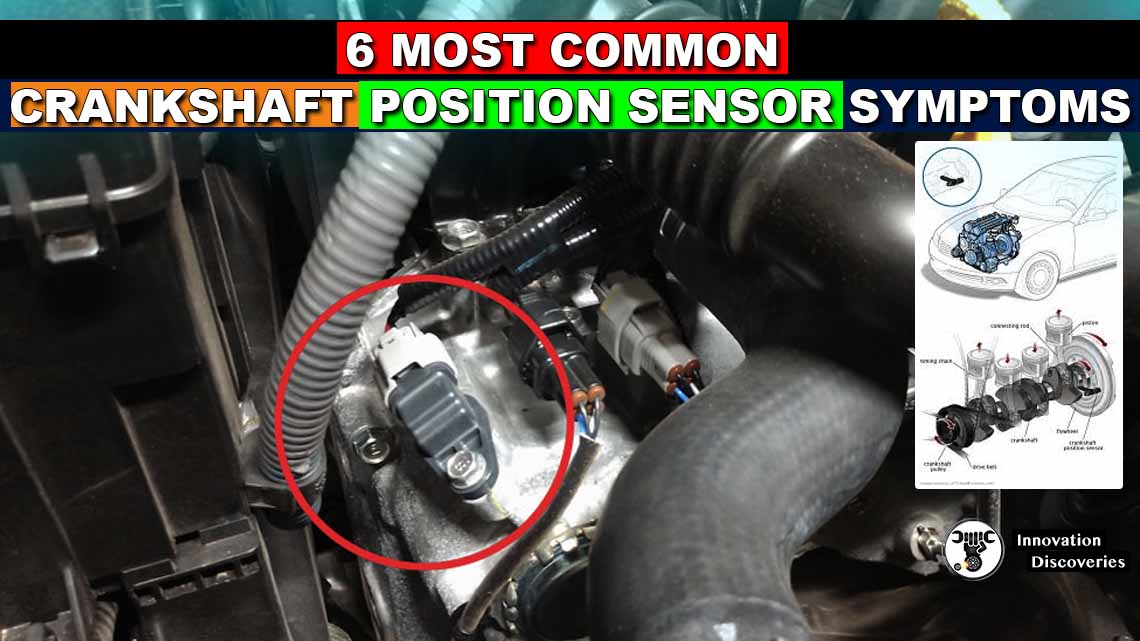
PISTON AND PISTON RINGS
3 SYMPTOMS OF BAD VALVE SEALS AND PISTON RINGS AND REPLACEMENT COST
WHAT IS PISTON CLEARANCE? AND WHY IT IS NECESSARY?
Read More:
READ MORE:
- How To Fix Oil On Spark Plug Threads In 5 Easy Steps
- The engine – how power is created
- Learn Everything About How To Rebuild An Engine
- How variable-jet carburetors work


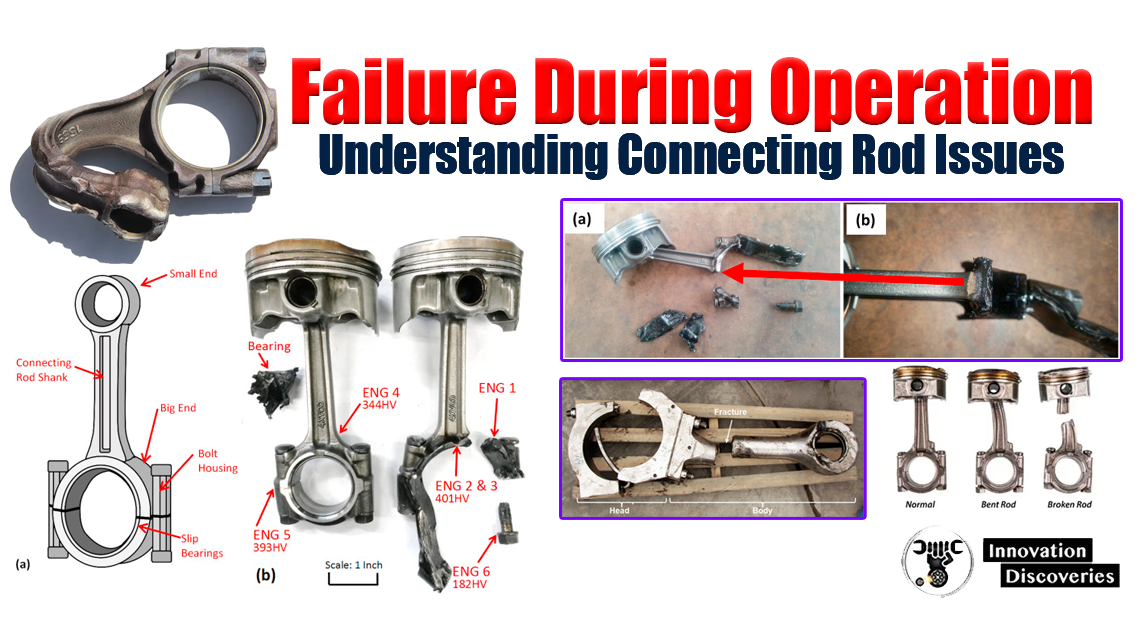
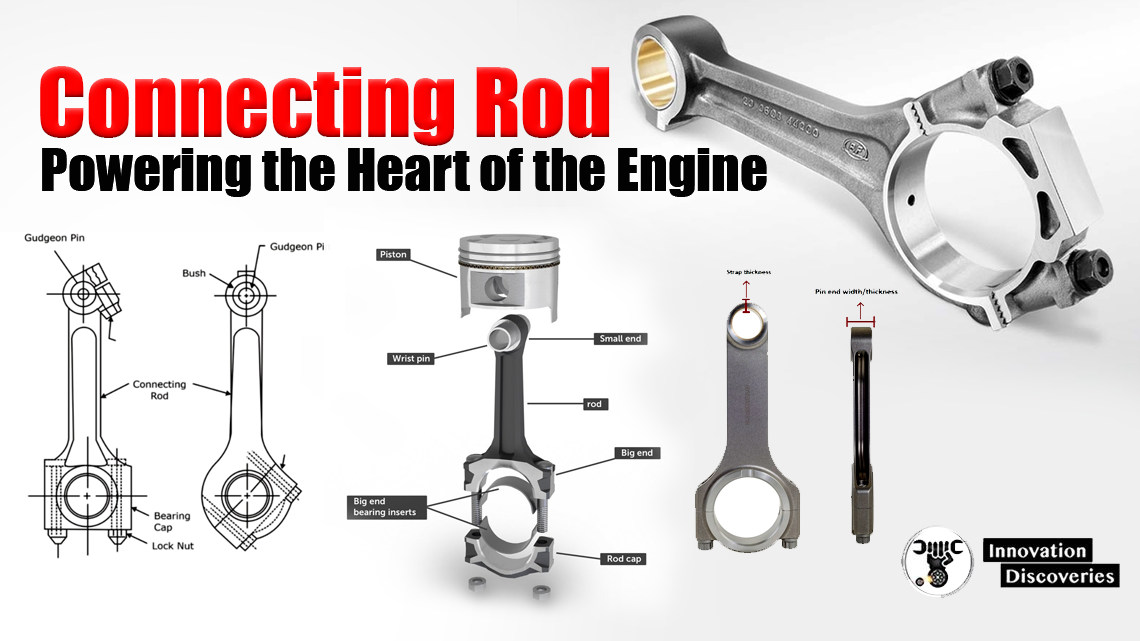
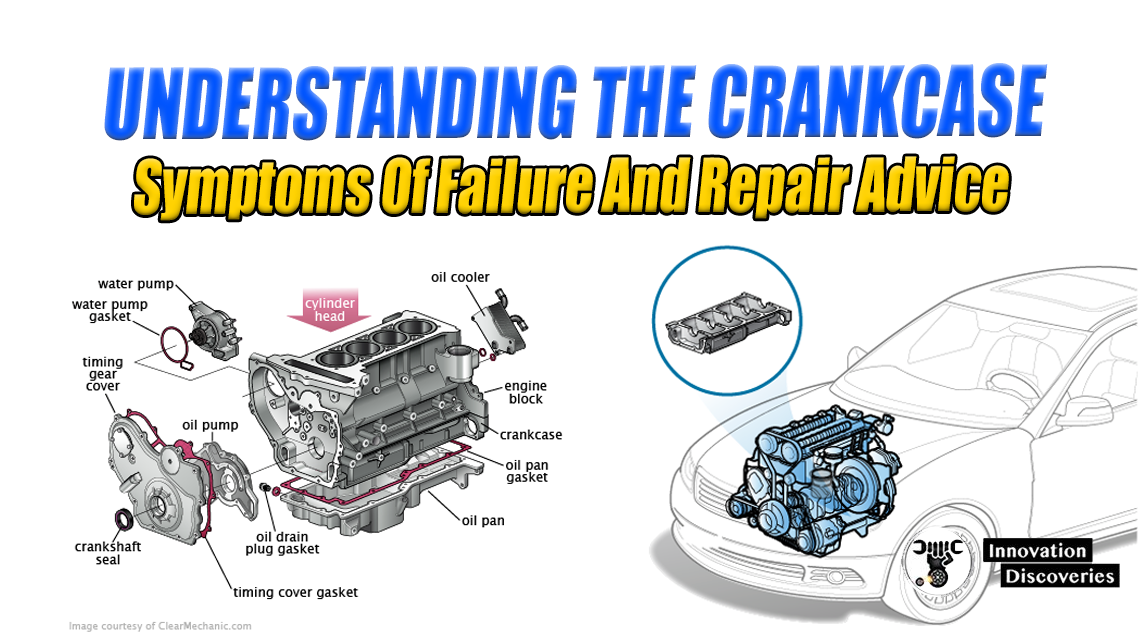
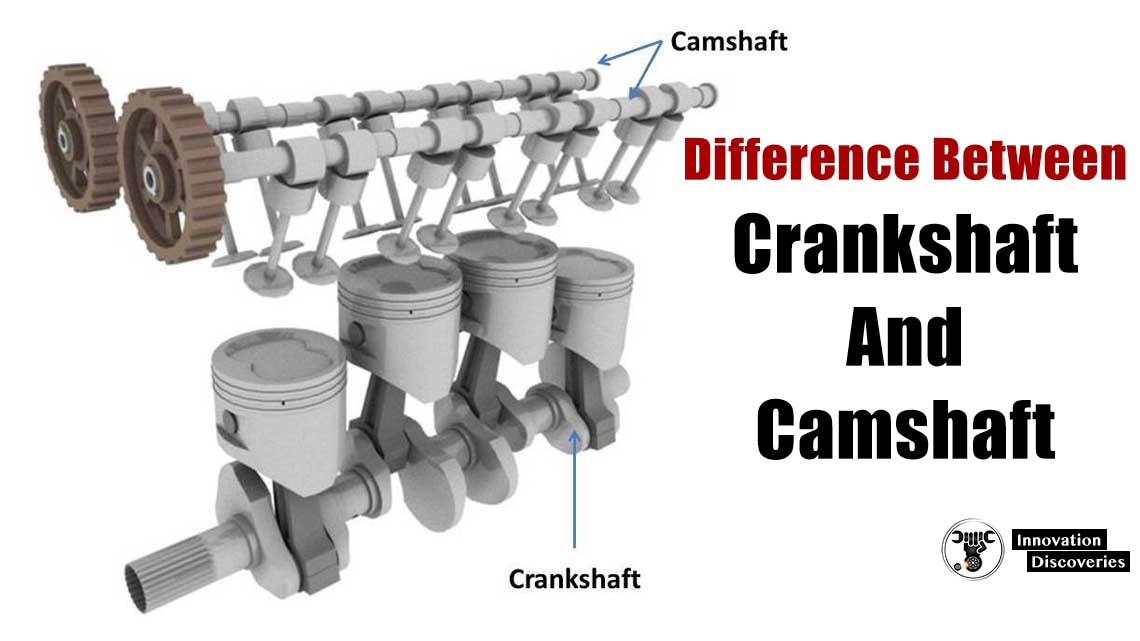
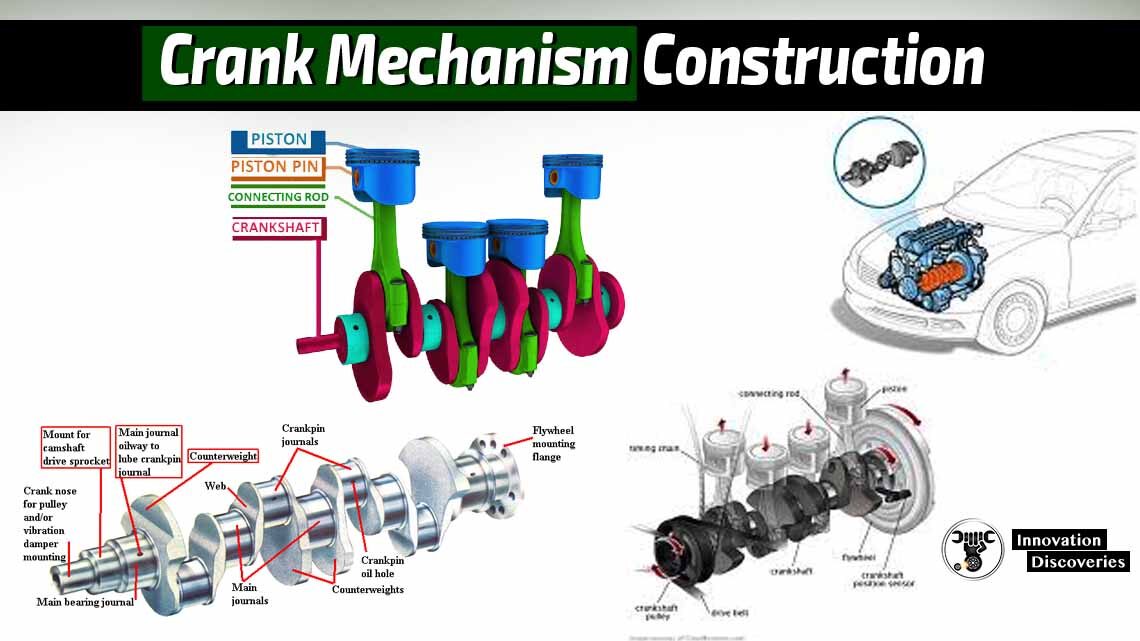
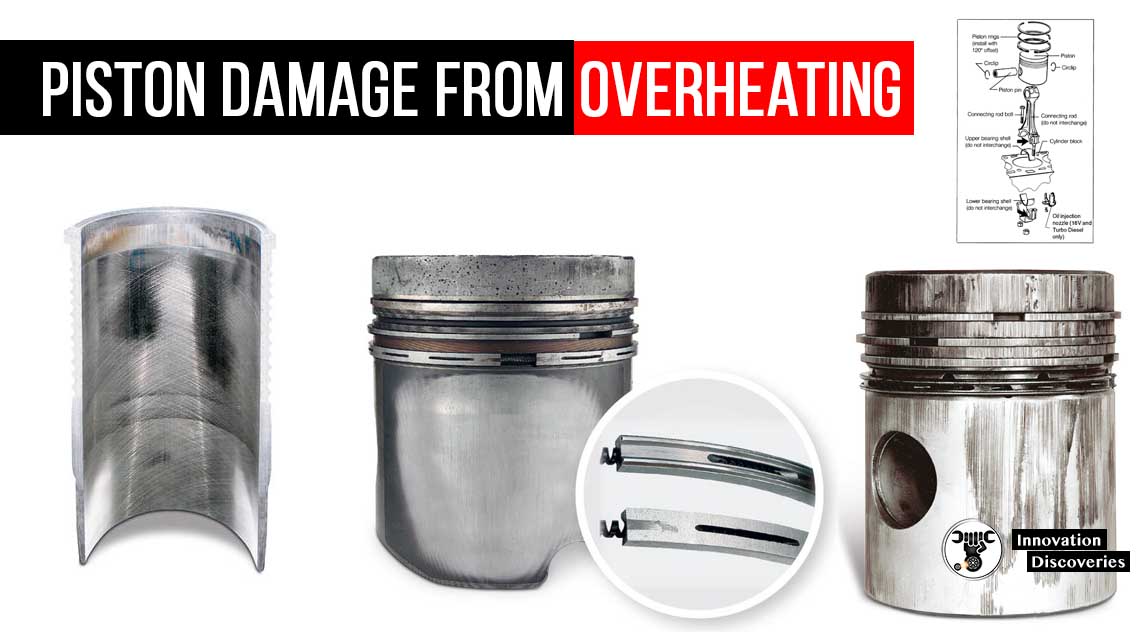
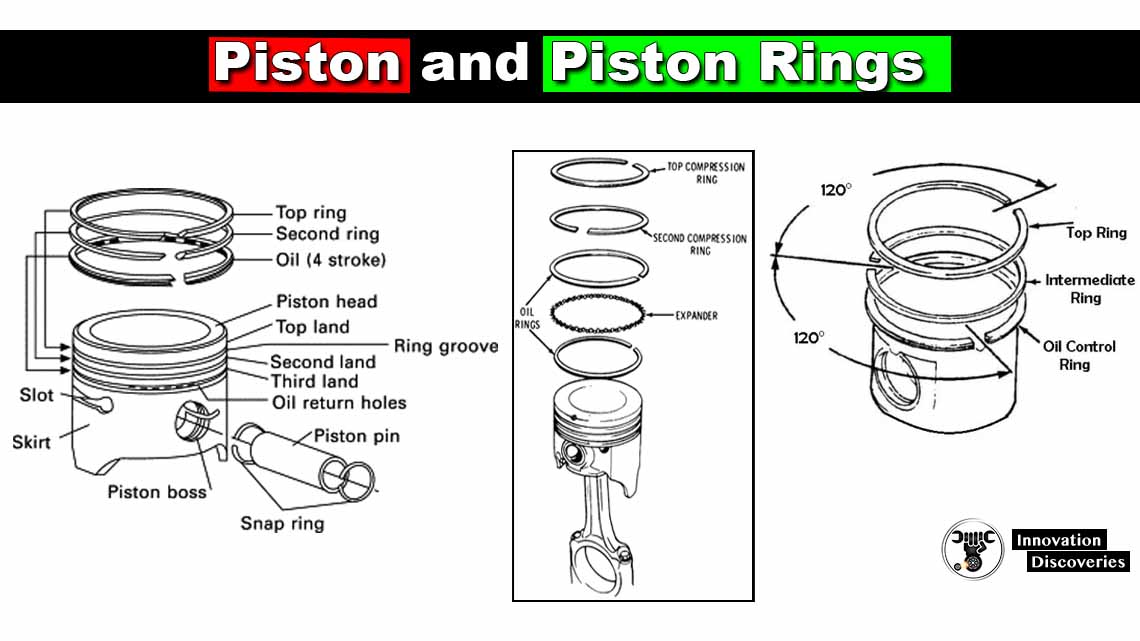


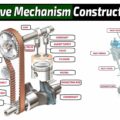

5 Comments